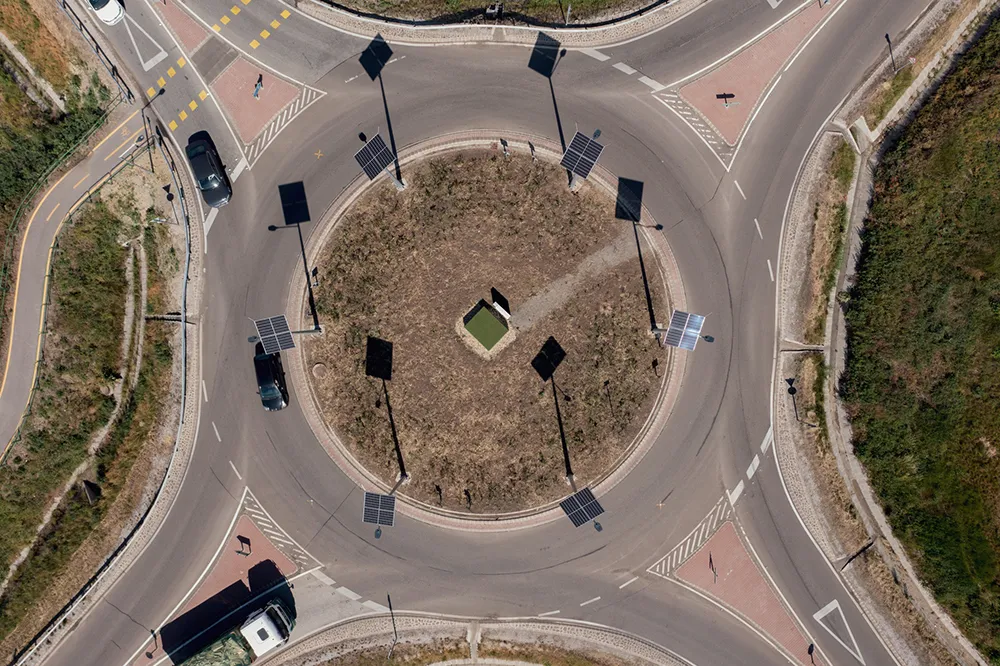
Global construction company IBT, based in Miami, has won a contract to install a traffic circle – or roundabout - on State Road 64 near Bradenton, Florida. The deal is part of a road improvement project with the
The 13-month project started in November. Worth only $5 million, it is not a big infrastructure contract. But it’s a relatively large shift for Florida which has few roundabouts. It also signals another small shift towards having more roundabouts in the US highway network.
For IBT, the Florida contract includes multi-lane roundabout construction, milling and resurfacing, drainage improvements, lighting and signing, landscaping improvements, intelligent transportation system relocation and utility works.
For the public, it means a safer junction.
Daniel Toledano, managing director of IBT of Miami, is keen on roundabouts. “State Road 64 is becoming the next major highway in this area and we believe the roundabouts are the best solution to slow traffic at this intersection, which is considered to be dangerous by local residents,” he said.
Florida DoT says it is “actively promoting the installation of modern roundabouts throughout the state highway system due to their proven safety and operational benefits”.
However, the US has traditionally been cautious about building them, and construction has increased and waned over the past years.
Few, if any, were built in 1990, according to data collected by US engineering analyst Kittelson & Associates and the US’s
Despite the downturn in construction, it appears that the political will remains high to keep roundabouts as an option, if not a requirement, for road development, according to a recent article by columnist Justin Fox, writing for US financial news agency Bloomberg*. Fox notes that Lee Rodegerdts, from Kittelson, has said that the drive towards roundabout construction has been - and will be - led by strong leadership, both public and private, when it comes to developing them and convincing road users that they can work.
A starting point for anyone interested in developing roundabouts in the US is a 2010 publication. The weighty tome of 407 pages belies its easily-understood chapters that read like a primer on what to do and how to do it. Indeed, Rodegerdts was the principal investigator for the report, Roundabouts: An Informational Guide, Second Edition.
If roundabouts work it is because they save lives. This is what may not be apparent to US road users who often see them as foreign, something from Europe, a nuisance and simply dangerous. So who is taking the lead for creating more roundabouts in the US?
Many departments of transportation are spearheading the move. The website of the Washington State DoT has a section extolling the virtues of roundabouts and posts information for drivers who encounter them. The authority says that studies have shown roundabouts to be safer than traditional stop sign or signal-controlled intersections. They reduced injury crashes by 75% at intersections where stop signs or signals were previously used for traffic control, according to a study by the
Also, studies by the IIHS and Federal Highway Administration have shown that roundabouts typically achieve a 37% reduction in overall collisions, a 75% drop in injury collisions and a huge 90% reduction in fatality collisions. There is also a 40% reduction in pedestrian collisions.
The reasons for the reductions are many: low vehicle speeds, not running red lights and the fact that travel through a roundabout is only one-way.
But media reports in Washington state also show the introduction of roundabouts has been accompanied by a major public relations drive locally where they will be installed, as well as town hall meetings and consultations.










